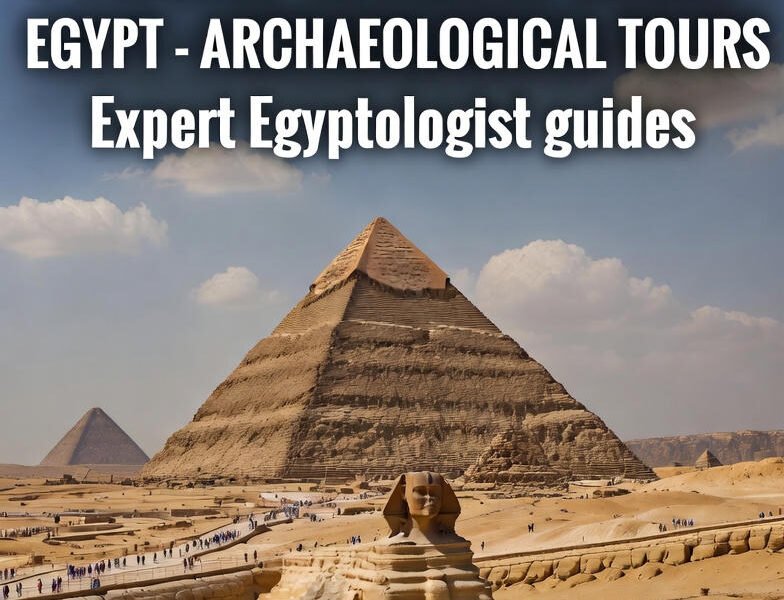Are you dreaming of trading the biting British frost for the golden warmth of the Sahara? The Best…
Imagine swapping the biting winter frost for the golden glow of the Saharan sun. If you are wondering…
In the tapestry of human existence, there lies an innate desire for deeper meaning, connection, and purpose. This…
When you choose Trips to egypt all inclusive from usa with Odysseys Voyage, absolutely everything is taken care…
Egypt, the land of Pharaohs, pyramids, and timeless Nile River adventures, calls to the intrepid traveler. For many,…
For travelers seeking the most authentic and profound archaeological tours pyramid, nothing rivals the expertly crafted archaeological tours…
For travelers over 65, nothing compares to a thoughtfully designed Cairo & Nile Cruise tour for seniors. This…
Embarking on a journey down the Nile is a timeless experience, but for couples seeking the pinnacle of…
The holiday season is a time for magic, and there is no place on Earth where magic is…
The world is counting down to one of the most anticipated cultural events in modern history — the…
Imagine standing at the very heart of ancient civilization as the world around you is plunged into an…
Egypt is a land steeped in history, culture, and breathtaking landscapes. From ancient pyramids to vibrant markets, the…















